I have not found any good answers on how to go about finding Support/Resistance levels in R. Essentially I would like clusters/areas or pivots where the stock is consolidating, but have found it difficult to do so.
# loads quatmod & xts
library("quantmod")
# Retrive 'ESSI' TICKER OHLCV data
STOCK = getSymbols("ESSI",auto.assign = FALSE)
# last observation carried formward / facilitates NAs
STOCK <- reclass(apply(STOCK,2,na.locf),match.to=STOCK)
# To be used as a rolling window
K=20
# Find MAX for Each Open, High, Low, Close Column & merge them
MAX <- merge.xts(rollmax(Op(STOCK), k=K, na.pad=TRUE),rollmax(Hi(STOCK), k=K, na.pad=TRUE),rollmax(Lo(STOCK), k=K, na.pad=TRUE),rollmax(Cl(STOCK), k=K, na.pad=TRUE))
# Find the mean of each MAX row
MAX <- na.locf(reclass(apply(MAX,1,mean),match.to=MAX))
I would do the same for the Low's but I think I would be better off going about using DonchianChannel() but it is not what I want... The output should return something similar to FinViz's :
